It’s Fall and that means that Thanksgiving is on its way! And Thanksgiving makes me think of pies. Yes, most people would say that they think of turkey – I’m sure that’s #1 on the board on Family Feud – but I think of pies – well – and yes – sweet potatoes.
I love pie. I won’t go out of my way for a cake, but give me a pecan pie or an apple crumb pie and I’m grinning. One of the readers asked for a good pie crust recipe and so I thought that this would be a good time to jump into the subject. Time to roll up our sleeves and prepare for the coming feast and to give thanks for God’s provision and grace no matter what our situation. These times are hard, but we can know joy in spite of hard times when we realize that God has it in His hands. Make this Fall and Thanksgiving one that your family remembers with fondness and joy! Good food helps!
Pie dough is really easy to make. The secret to great pie crust is in the shortening – plenty of shortening. You can’t be stingy. Of course, my grandmother, and probably yours, made the flakiest, lightest crusts because she used lard, but with today’s sermons on cholesterol I won’t even go there! Ask any southern cook, though, and they’ll all tell you that a crust isn’t a crust without lard.
So I use the next best things – Crisco and butter – real butter. It is also important to keep the ingredients cold. Having an Oklahoma Pastry Cloth ™ in the freezer is a plus! My recipe makes enough for quite a number of crusts and can be kept in the freezer to be measured out in 1 cup measures per pie shell or top. My recipe is an adaptation of one given to me by my mother many years ago, which I then recorded in the back of my grandmother’s Fannie Merritt Farmer Boston Cooking School Cookbook of 1951. Below, you will find the recipe and directions with pictures and then the directions for some wonderful tarts made with the pie dough.
Pie Crust Mix
4 1/2 cups flour
1 cup shortening – cooled in refrigerator
1 cup butter – also kept cool
2 tsp salt
6 tablespoons ice water (to be added to 2-3 cups of mix for double crust)
1 tsp white vinegar

Put 4 1/2 cups flour into a large bowl. Add salt.
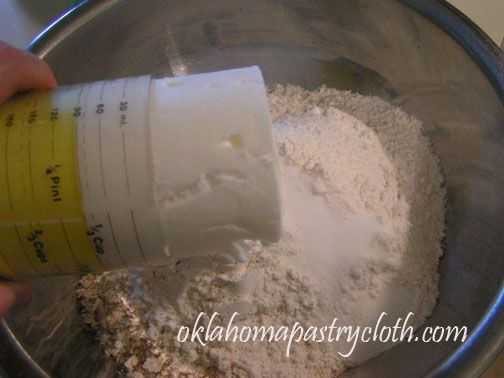
Add shortening. Here, I am using the handy Adjust-a-cup that will be available on the shopping page in just a few weeks.
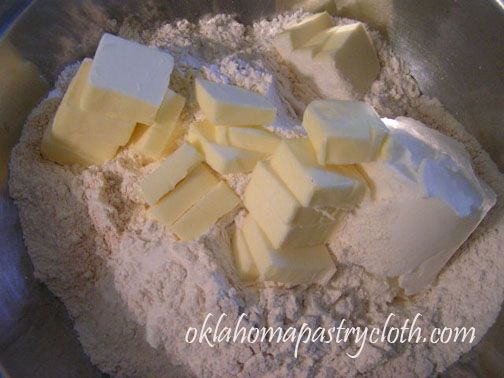
Cut butter into small slices. Add to flour, salt and shortening.
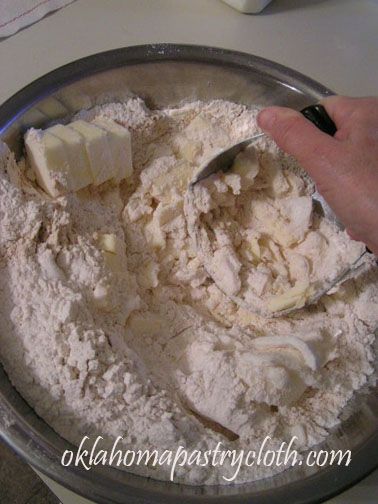
Using a pastry cutter (available at the shopping page) cut the butter and shortening into the flour.
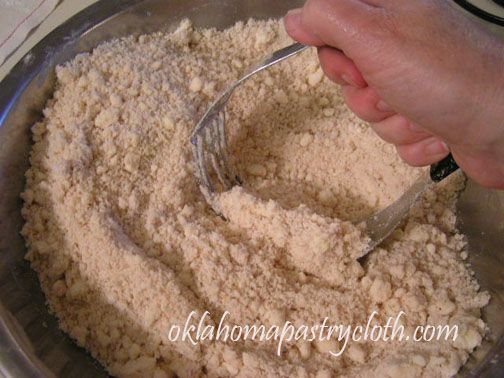
Continue cutting until the mixture resembles small peas.
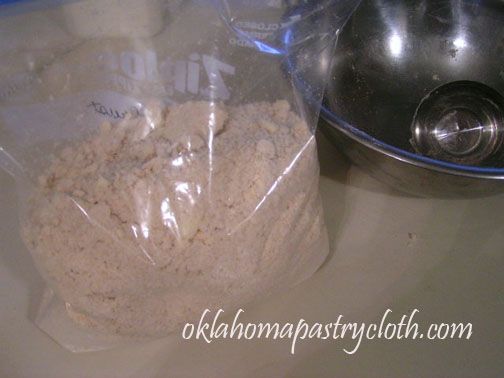
This mixture can be stored in a freezer bag in the freezer and used as needed. 1 – 1 1/2 cup = 1 pie crust round (depending on the size of your pan) so 2 to 3 cups for a bottom and top crust. Add 6 tblsp ice water with the vinegar added, a few at a time and stirring until dough pulls away from the side of the bowl and forms a ball. (Don’t be afraid to make it a little sticky. You don’t want your dough to be too dry)
Tarts
4 oz cream cheese
1/2 cup powdered sugar
1/2 cup cool whip
1 1/4 cup strawberries
4 tbsp glaze
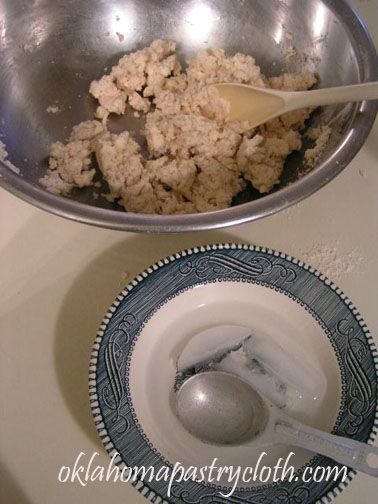
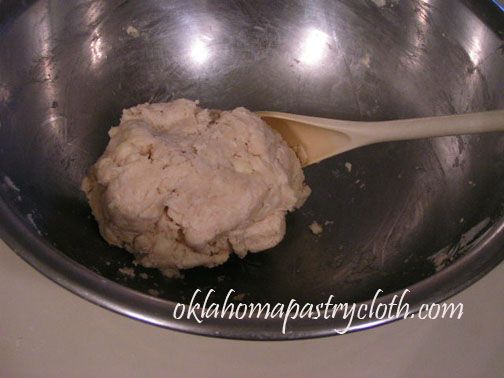
Measure out 1 3/4 to 2 cups pie crust mix and in a bowl, add one tablespoon at a time of ice water to equal six tablespoons along with 1 tsp vinegar and mix until a soft dough is formed as you stir.
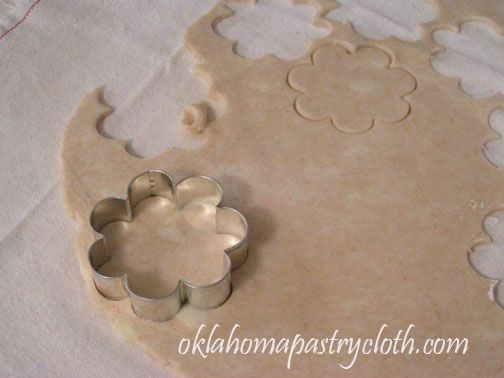
Roll pie dough onto Oklahoma Pastry Cloth™ to about 1/8″ thick. Cut with flower shaped cookie cutter. This one is 3″ across and an entire set of them is coming your way with the other utensils. Check the shopping page in a couple of weeks!
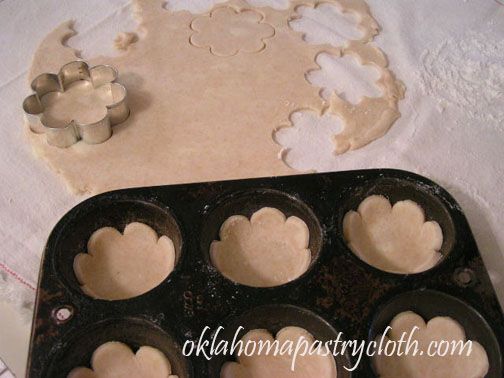
Place “pie flowers” into Pam-sprayed muffin tins. Bake at 400° for approximately 8 minutes or until browned on the edges. Set aside to cool.
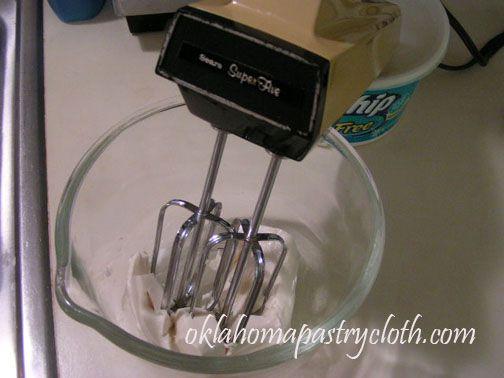
In a mixing bowl, place 4 oz cream cheese and mix until creamy. I like to use my old Sears hand mixer. It’s that 60’s-70’s retro gold color and still works like a charm. There’s just nothing like the high whine of an old hand mixer.
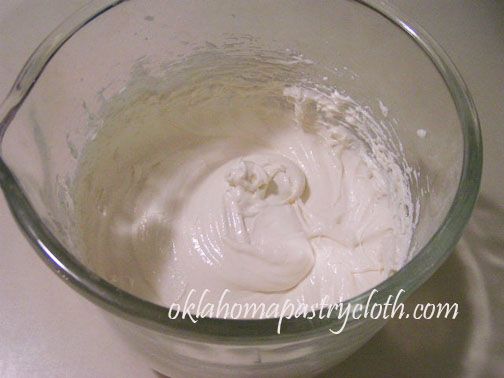
Add powdered sugar and cool whip. Blend until creamy. You will use around half of this for the tarts or double the number of tart shells to use all.
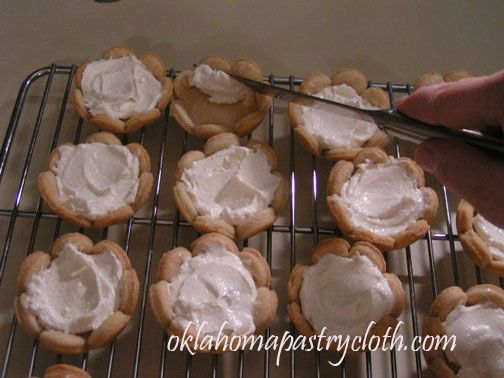
Spoon mixture into the bottom of the cooled tart shells. For more stability and to avoid breakage, this can be accomplished while the shells are still in the muffin tins.
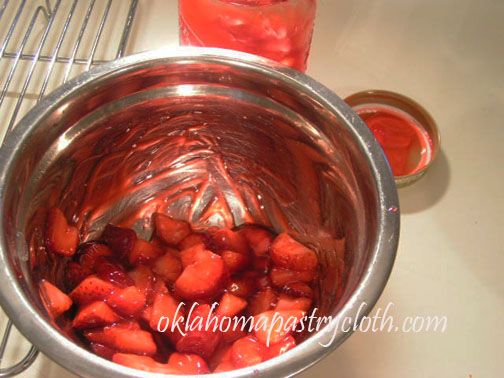
In a bowl, place fresh strawberries and toss with strawberry glaze. Or you may also use any type of canned fruit pie filling.
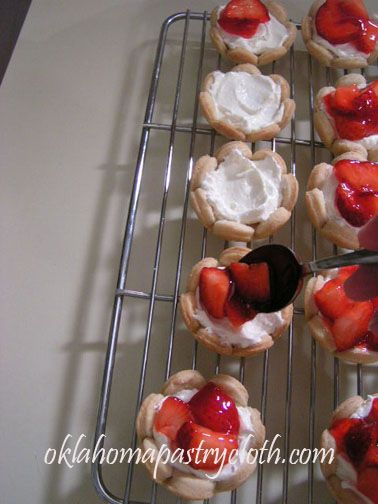
Spoon fruit mixture over cream cheese mixture. Makes approximately 18 tarts

Arrange on tray and serve. Aren’t they pretty? They taste wonderful too!
Thanks to Kathy, for donating her tart recipe.


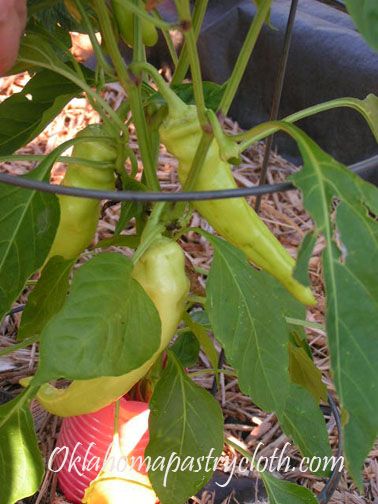
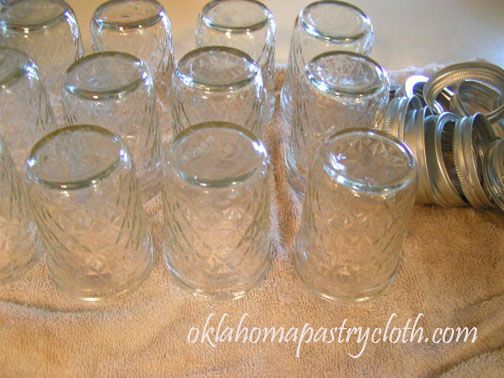
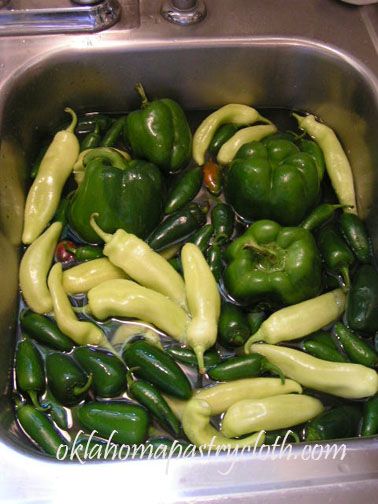
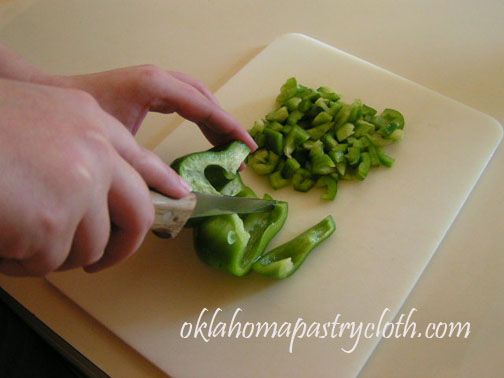
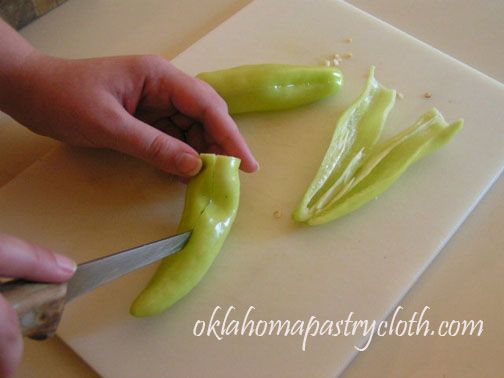
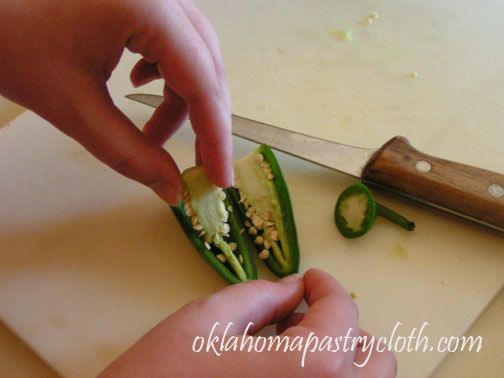
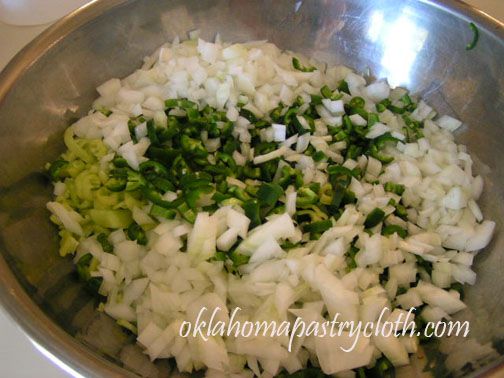
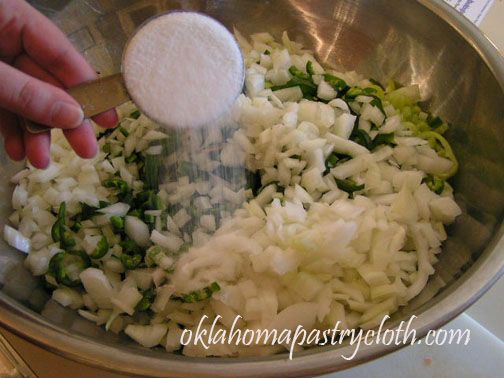
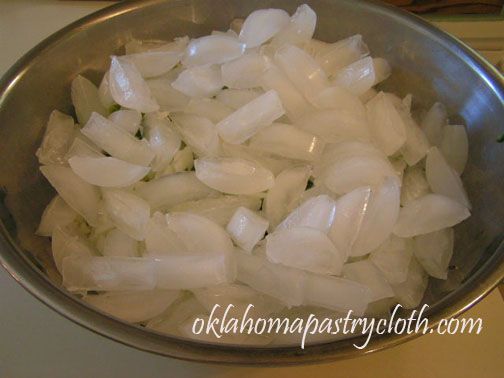
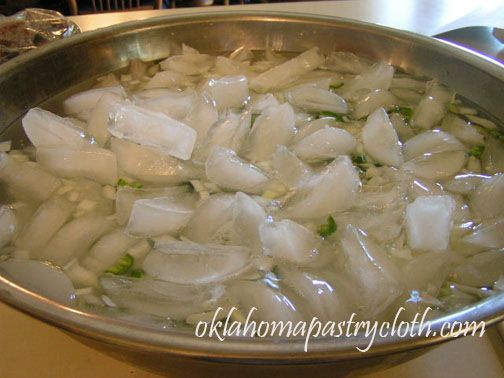
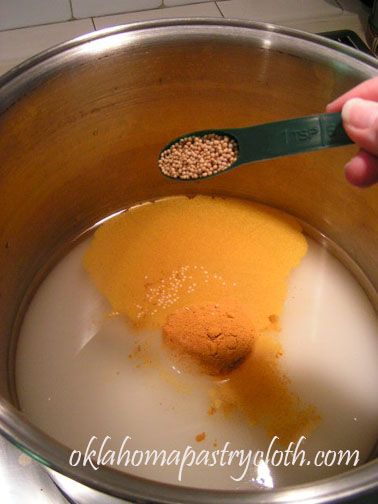
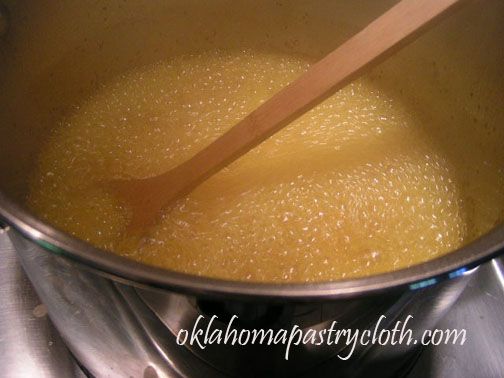
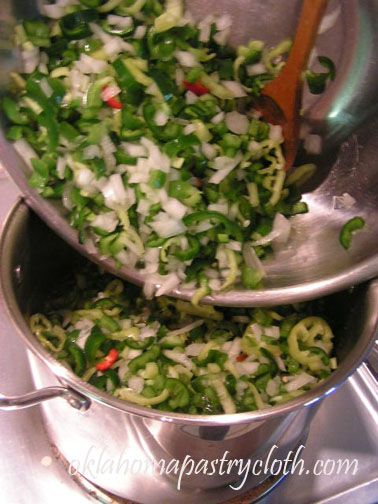

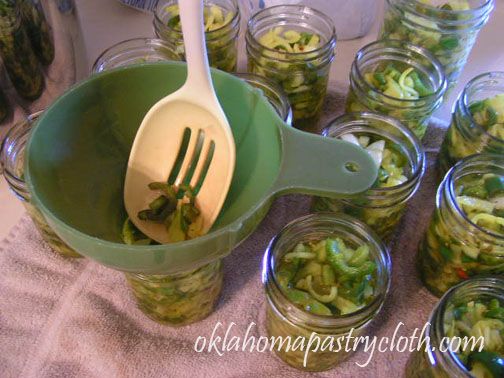
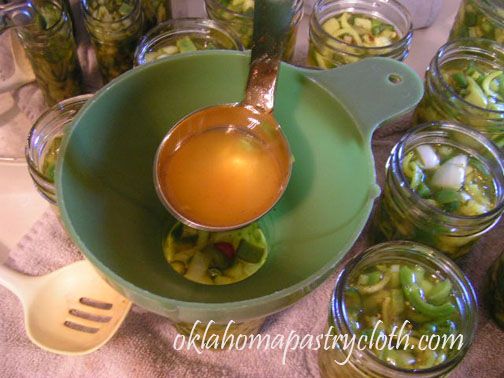

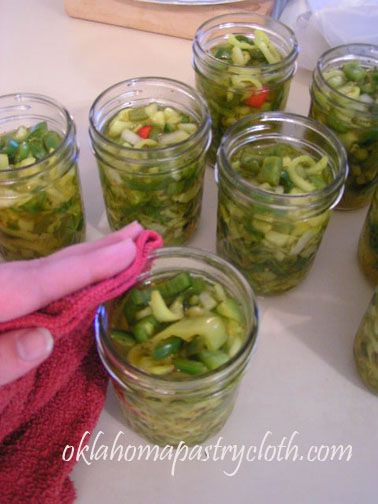
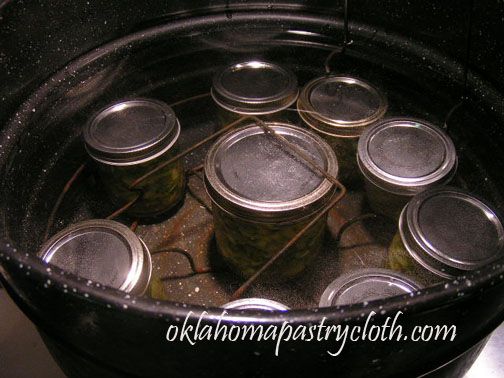
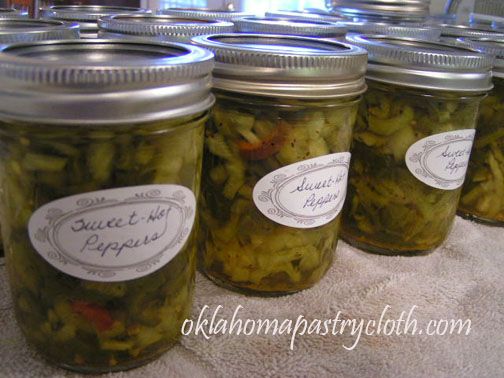
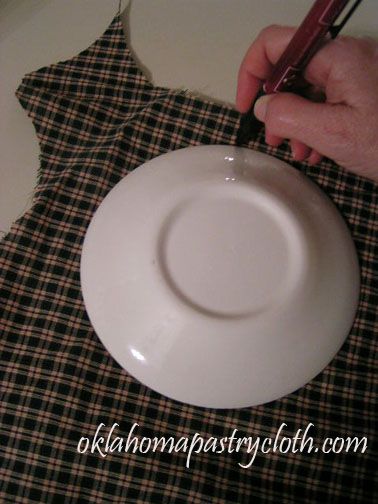
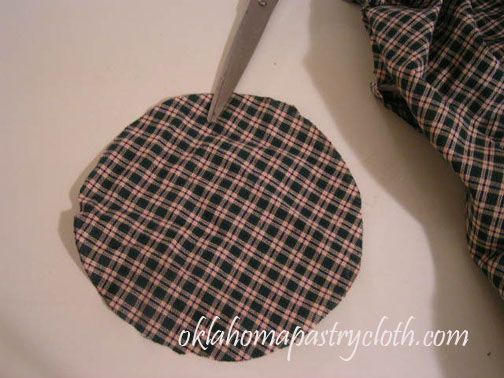
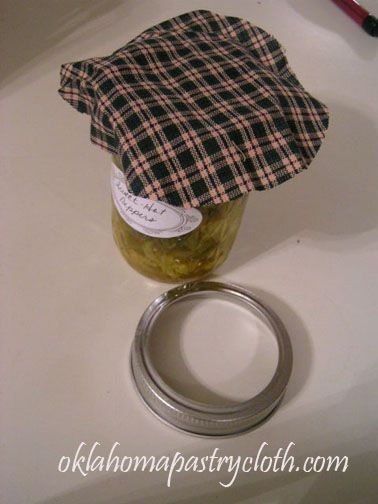
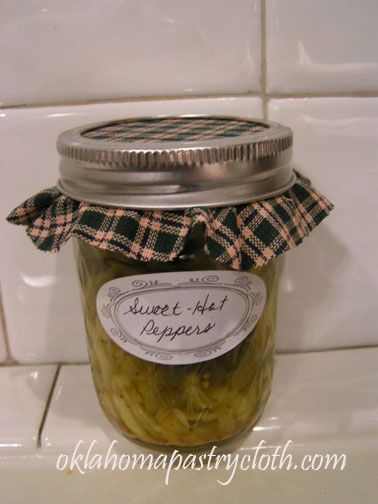
 Homestead Revival
Homestead Revival Paratus Familia
Paratus Familia Rural Revolution
Rural Revolution